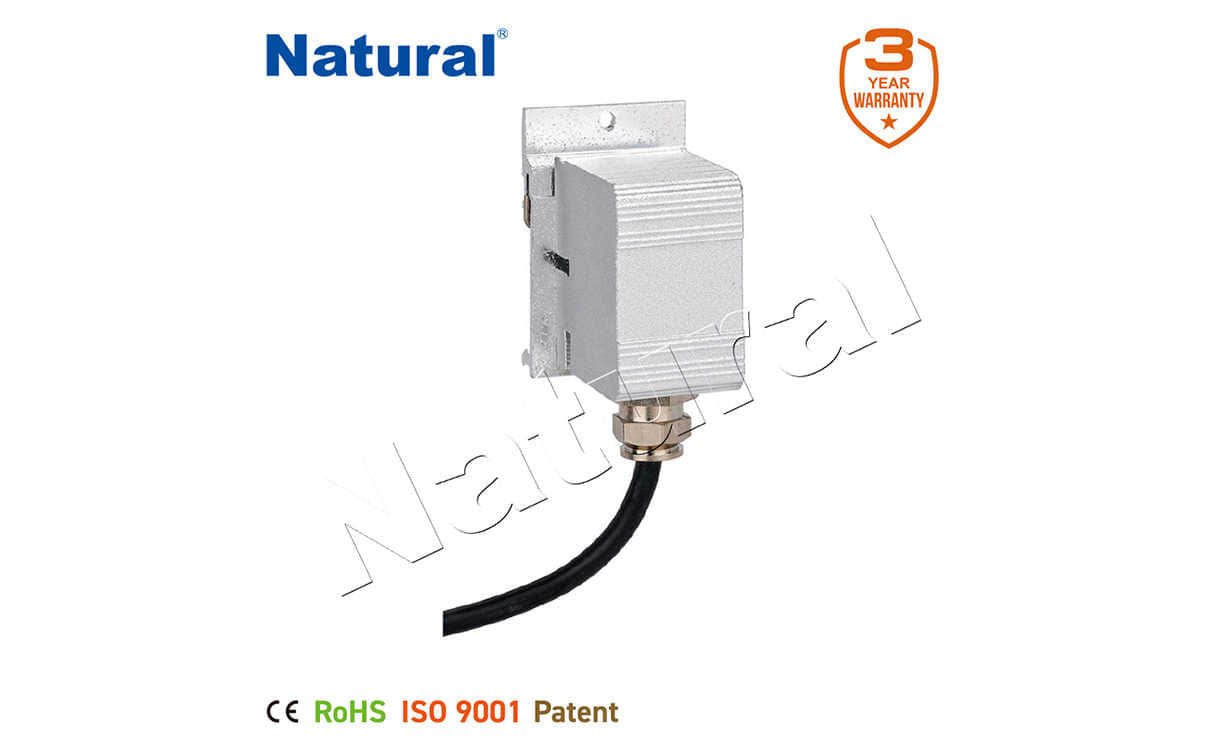 28 items Patent
28 items Patent
 28 items Patent
28 items Patent
 28 items Patent
28 items Patent

Bimetal thermostats are essential components in various heating and cooling systems, playing a critical role in temperature control and regulation. Their operation is based on the unique properties of two different metals that expand and contract at different rates when exposed to temperature changes. This article delves into the natural advantages of bimetal thermostats, highlighting their efficiency, durability, and sustainability.

At the core of a bimetal thermostat lies a bimetallic strip made of two distinct metals, often brass and steel or copper and iron, that are bonded together. When the temperature changes, the differing expansion rates of the metals cause the strip to bend. This bending movement can actuate a switch that controls electrical circuits, turning heating or cooling devices on or off to maintain a desired temperature. This mechanical method of temperature regulation is not just effective; it also embodies a natural approach to thermal control.

